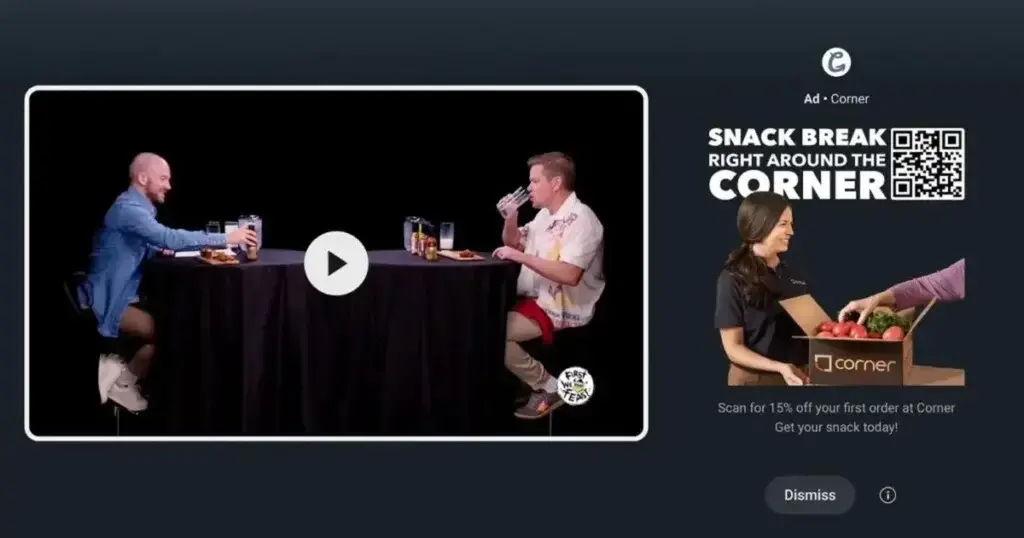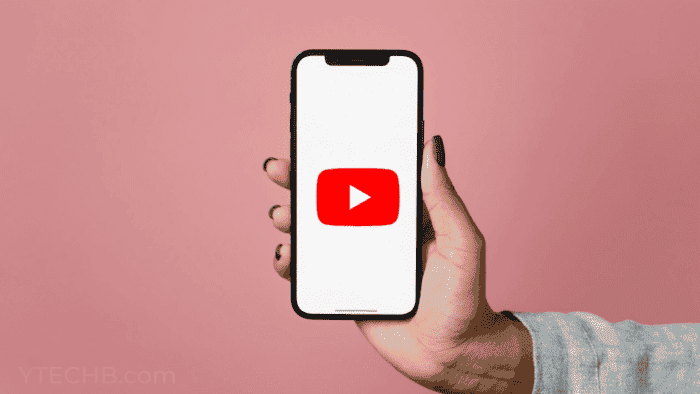Prepare for longer ads when watching YouTube videos on your TV. YouTube is introducing 30-second unskippable ads on connected TVs, replacing the two consecutive 15-second ads that can appear before a video starts. In this comprehensive guide, we’ll cover all you need to know about this change, its impact on advertisers and viewers, and how it compares to traditional cable TV advertising.
The Shift to 30-Second Unskippable Ads
YouTube is transitioning from two consecutive 15-second ads to a single 30-second unskippable ad format on connected TVs. This change aims to appeal to advertisers looking for better commercial engagement and retention. YouTube believes that longer-form creative ads on the big screen will allow for richer storytelling and align with advertisers’ objectives.

The new ad format will be served on the YouTube Select advertising platform, which currently delivers over 70% of impressions on TV screens. However, YouTube has not specified when the full rollout of 30-second unskippable ads will occur.
Why This Change Matters to Advertisers
Advertisers consider the shift to 30-second unskippable ads significant because they offer a more captivating and immersive experience to viewers. Longer ads enable brands to tell a more comprehensive story and showcase their products or services in greater detail. This format also increases the likelihood of viewers paying attention to the ad, as they cannot skip it after a few seconds.
Furthermore, the change emphasizes YouTube’s commitment to providing a premium advertising experience on the platform, particularly on connected TVs where ad impressions are steadily growing.
When is the roll-out of the 30-seconds unskipabble ads?
The 30-seconds unskippable ads have already been rolled out in the US. It should be noted that the new ad policy only applies to US market viewers of YouTube Select content. YouTube has not yet announced on whether the new ad policy will make its way to other markets. However, if this plan proves to be successful, YouTube might roll out the 30-second unskippable ads to other markets.
Comparison with Traditional Cable TV Advertising
The introduction of 30-second unskippable ads on YouTube brings the platform closer to traditional cable TV advertising, where unskippable ad breaks have always been the norm. This change highlights YouTube’s increasing focus on connected TV viewership and its desire to offer a more TV-like experience.
However, it’s essential to note that despite these similarities, YouTube still offers significant advantages over traditional cable TV. For example, YouTube provides a vast array of on-demand content, personalized recommendations, and the ability to subscribe to specific channels and content creators.
YouTube’s Dominance on Connected TVs
According to market research firm Nielsen, YouTube has become the number one most-watched streaming service for TV in America, overtaking Netflix. This includes both YouTube and YouTube TV, reaching over 150 million people on connected TVs in the United States.
This dominance on connected TVs is a crucial factor driving the move to 30-second unskippable ads. YouTube seeks to capitalize on its growing viewership and offer advertisers a more effective way to reach their target audiences.
YouTube’s Pause Ad Experience
In addition to the 30-second unskippable ads, YouTube is also introducing new pause ad experiences on connected TVs. When viewers pause a video, an ad will appear. The ad will offer brands the opportunity to drive awareness or action in a unique, interactive moment.
This pause ad experience is designed to be seamless for viewers. They’ll also get to learn more about a brand without disrupting their viewing experience. It’s another example of the company’s commitment to providing engaging and innovative advertising solutions.
Ad Blockers and YouTube Premium

As the company continues experimenting with new advertising formats, the platform is also testing methods to counteract ad blockers. In some cases, YouTube may refuse to play videos if it detects the presence of an ad blocker.
Users can subscribe to YouTube Premium to avoid seeing ads altogether, which costs $11.99 per month. This subscription offers an ad-free experience, access to exclusive content, and the ability to download videos for offline viewing.
Impact on Small Businesses and Content Creators
The 30-second unskippable ads could impact small businesses and content creators on the platform. While some may benefit from higher ad revenue, others might see a decline in viewership. This is because they ad format will most likely discourage viewers. Content creators must adapt to longer ad breaks and find ways to engage their audiences. They can achieve this by creating compelling content and promoting their work through social media and other channels.
The Future of Advertising on YouTube
As YouTube evolves and grows on connected TVs, we expect more changes to its advertising formats and strategies. The platform will likely explore new ways to engage viewers and offer advertisers effective solutions to reach their target audiences.
The introduction of 30-second unskippable ads and pause ad experiences is just the beginning of YouTube’s efforts to enhance its advertising offerings. In the future, we may see more innovative ad formats, targeting capabilities, and measurement tools to help brands better connect with their audiences on YouTube.
Conclusion
The transition to 30-second unskippable ads on YouTube is a significant shift in the platform’s advertising strategy, especially for connected TV viewers. How viewers will react and adapt to this new ad experience is yet to be seen.
As YouTube continues to dominate connected TV viewership and experiment with new advertising formats, brands, content creators, and viewers need to stay informed and adjust their strategies accordingly. The future of advertising on the platform will bring even more changes and opportunities for those willing to adapt and innovate.



